Stringent Emission Regulations
Stringent emission regulations are a significant driver for the Fuel Injection System Market. Governments worldwide are implementing stricter standards to combat air pollution and reduce greenhouse gas emissions. These regulations compel automotive manufacturers to adopt advanced fuel injection systems that can meet the required emission limits. For instance, the introduction of Euro 6 standards in Europe has necessitated the integration of more efficient fuel injection technologies in new vehicles. This regulatory landscape is expected to propel the Fuel Injection System Market, as manufacturers invest in innovative solutions to comply with these mandates. The ongoing evolution of emission standards suggests that the demand for advanced fuel injection systems will continue to rise, further stimulating market growth.
Rising Demand for Fuel Efficiency
The increasing emphasis on fuel efficiency is a primary driver for the Fuel Injection System Market. As consumers and manufacturers alike seek to reduce fuel consumption and lower operating costs, the demand for advanced fuel injection systems has surged. According to recent data, vehicles equipped with modern fuel injection systems can achieve fuel efficiency improvements of up to 30% compared to older carbureted engines. This trend is particularly pronounced in the automotive sector, where regulatory pressures and consumer preferences are pushing manufacturers to adopt more efficient technologies. Consequently, the Fuel Injection System Market is witnessing a robust growth trajectory, as innovations in fuel injection technology continue to evolve to meet these demands.
Growth of Electric and Hybrid Vehicles
The growth of electric and hybrid vehicles is influencing the Fuel Injection System Market in multifaceted ways. While these vehicles primarily rely on electric power, the integration of internal combustion engines in hybrid models necessitates advanced fuel injection systems to optimize performance and efficiency. The hybrid vehicle market is projected to grow at a compound annual growth rate of over 15% in the coming years, indicating a sustained demand for fuel injection technologies. This trend suggests that manufacturers will continue to innovate and refine fuel injection systems to cater to the unique requirements of hybrid powertrains. Consequently, the Fuel Injection System Market is likely to benefit from this shift, as it adapts to the evolving landscape of automotive propulsion.
Consumer Preference for Performance and Power
Consumer preference for enhanced performance and power is a driving force behind the Fuel Injection System Market. As automotive enthusiasts and everyday drivers seek vehicles that offer superior acceleration and responsiveness, manufacturers are increasingly turning to advanced fuel injection technologies. These systems provide improved throttle response and power delivery, which are critical factors for many consumers. Market analysis indicates that vehicles equipped with high-performance fuel injection systems are experiencing a surge in popularity, particularly in the sports and luxury segments. This trend underscores the importance of performance in consumer purchasing decisions, suggesting that the Fuel Injection System Market will continue to thrive as manufacturers strive to meet these expectations.
Technological Advancements in Fuel Injection Systems
Technological advancements play a crucial role in shaping the Fuel Injection System Market. Innovations such as electronic fuel injection (EFI) and direct injection systems have revolutionized engine performance and efficiency. These technologies enable precise control over fuel delivery, optimizing combustion and enhancing power output. Recent statistics indicate that the adoption of direct injection systems has increased significantly, with a projected market share growth of over 25% in the next five years. This shift towards more sophisticated fuel injection technologies not only improves engine performance but also aligns with the industry's focus on reducing emissions. As a result, the Fuel Injection System Market is poised for continued expansion, driven by ongoing research and development efforts.


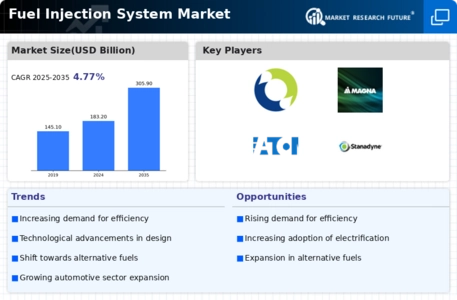
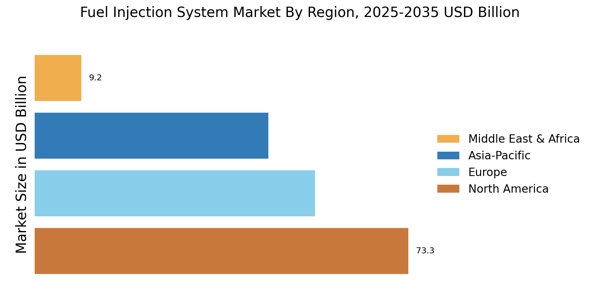


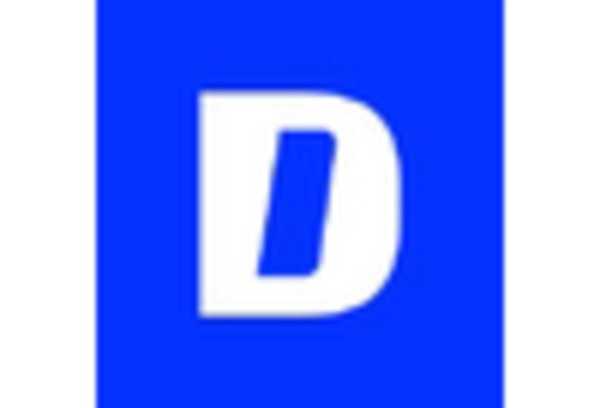

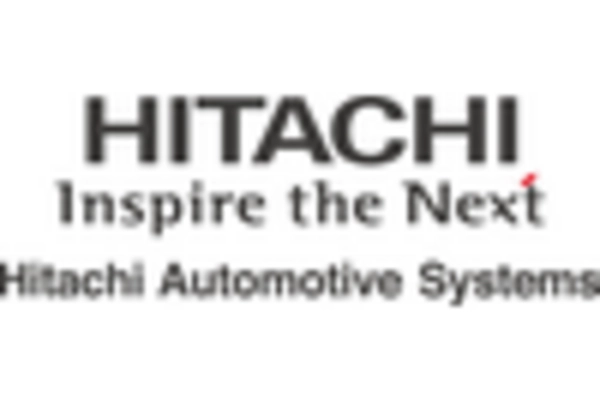
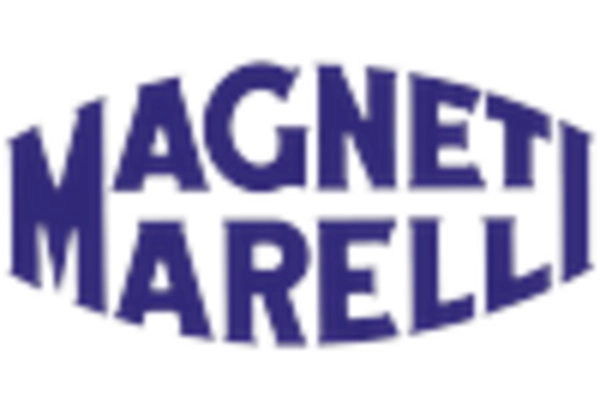








Leave a Comment